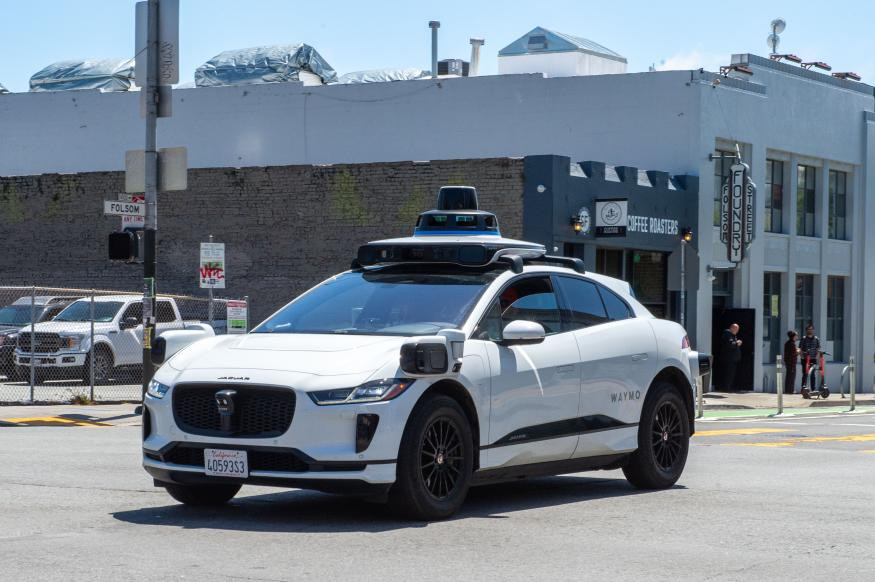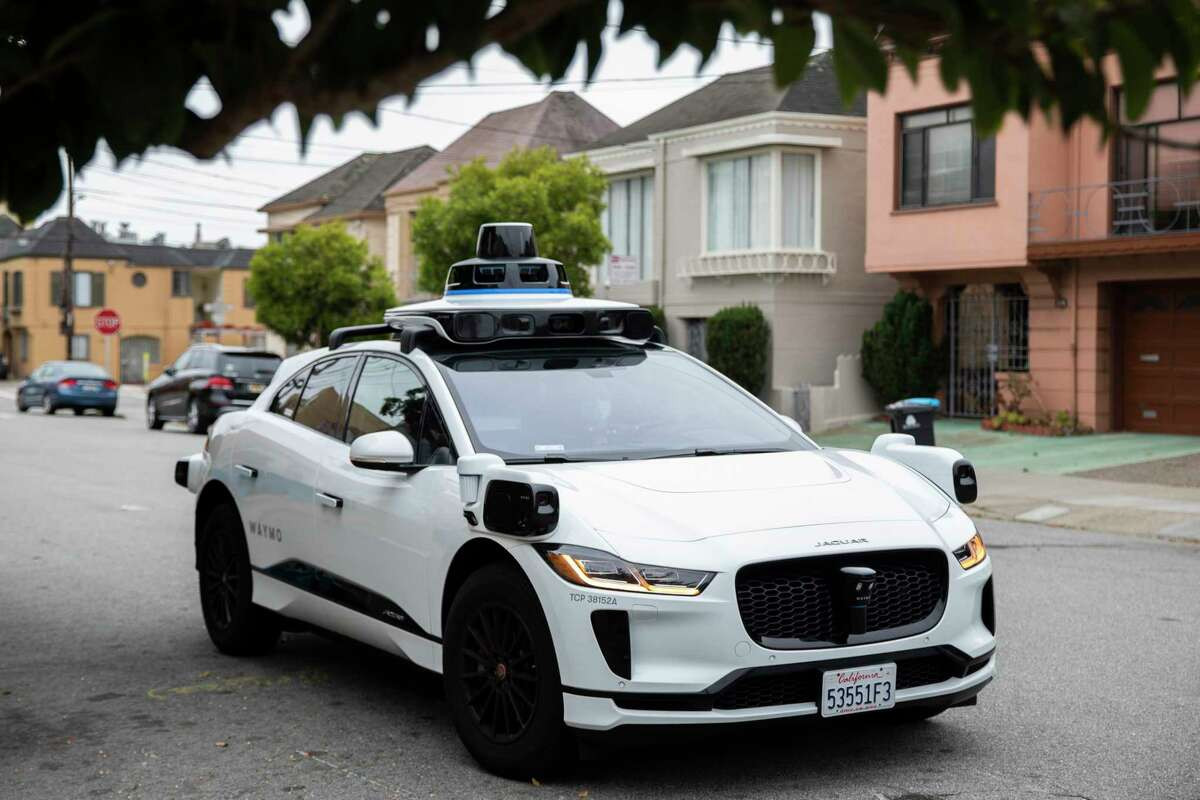As its competitors falter, the Google-owned and California-based robotaxi service Waymo seems to be in cruise control. According to figures the company shared in August, Waymo is now giving over 100,000 paid rides to customers each week in San Francisco, Phoenix, and Los Angeles, using its fleet of fully autonomous and specially-equipped Jaguar SUVs. That's double the number of weekly rides it was giving in May, a clear sign of its growing dominance in this burgeoning market.
"At this point, the fully autonomous driving industry is really just an industry of one: Waymo," former CEO John Krafcik, who is now a board member at the EV automaker Rivian, told The New York Times.
Waymo's Financial Reality: A Long Road to Profitability
But as the newspaper notes, there's a major caveat: despite its healthy stream of customers, Waymo still isn't profitable. Google's experimental division, which includes Waymo, had an operating loss of around $2 billion in the first of this year, and the robotaxi company is most likely a significant portion of that loss, Mark Mahaney at investment research firm Evercore ISI told the NYT.
With even the industry leader still in the red, it's a sobering reminder that the road to profitability is a long one, with no guarantee that it won't lead to a dead end. Granted, these kinds of losses come with the territory. To make stupid amounts of money, you've got to spend stupid amounts of money.
Nevertheless, the NYT lays out a key disadvantage for Waymo. Unlike the rideshare companies it will be competing against, Uber and Lyft — with whom it charges similar prices per ride — Waymo needs to provide its own vehicles. And self-driving Jaguars aren't cheap, costing as much as $100,000 a pop, according to the NYT, citing remarks made by a Waymo executive in a podcast.
Navigating Safety Concerns and Expansion Challenges
Though its safety track record is very good, Waymo will also have to contend with a general hesitancy towards self-driving technology. To safely operate its vehicles, Waymo meticulously creates detailed maps of each city, so expanding to new ones will require considerable research, time and money.
Case in point: not long before Waymo announced a huge expansion across California, Google said it was reinvesting $5 billion into the company. A show of faith, sure, but a sign of the serious expenses that an expansion entails.
The long and short of it is that everything costs a lot. Luckily, Waymo has managed to avoid the costliest blunder of them all in this biz, which is a major crash turned PR disaster — unlike its competitor Cruise, owned by General Motors, which briefly flamed out of the business after regulators began investigating its robotaxis for endangering pedestrians.
Waymo's chief product officer Saswat Panigrahi told the NYT that the company hopes that some of its fixed costs will decrease over time, and that the roll-out of its sixth generation of robotaxis, which are made by Chinese EV automaker Zeekr to replace the Jags, will mean "the profitability will jump further" — eventually.
Targeting Lucrative Markets and Future Strategies
Waymo will also need to be shrewd about what markets it targets. Potentially ripe for the picking, the NYT notes, are areas that have a shortage of Uber-slash-Lyft drivers, or cities with poor public transportation.
Those markets could help rake in money in the future. But for now, the robotaxi industry is at a crossroads.
After years of overly aggressive forecasts about self-driving cars, here’s a statistic that snuck up on us: People are now hailing 100,000 automated rides a week—a number that’s double the 50,000 weekly rides provided a few months ago. These rides are courtesy of Waymo, the self-driving car project incubated by Google and spun out as its own company under Alphabet. Waymo has been developing and testing its technology on public roads for over a decade. For much of that time, rides were free for willing guinea pigs and included a safety driver. But Waymo has been offering automated rides without safety drivers since 2020. And last year, the company began commercializing and expanding its ride-hail service, Waymo One.
Paid robotaxi rides are now available to anyone throughout Phoenix and San Francisco. Select riders added by waitlist can ride Waymo in parts of Los Angeles, and the company is also rolling out its services in Austin, Texas.
Waymo's Ambitious Expansion Plans
After a year of commercial operations in San Francisco without major incident, Waymo is eyeing expansion. In August, the company moved into Daly City, Broadmoor, and Colma, just south of the city. Waymo has approval to operate in a total of 22 cities along the peninsula south of San Francisco, and although there’s no timetable yet, according to the San Francisco Chronicle, they also have ambitions to add operations in San Jose and East Bay, which would include Oakland and Berkeley. This territory would be tied together by travel on Bay Area freeways, which the company began testing with employee riders in August.
A hundred thousand paid rides a week is likely still a fraction of the total ride-hail or taxi rides—with a driver at the wheel—given across San Francisco alone. Still, self-driving cars are clearly no longer solely a research project either. Tens of thousands of paying customers are trusting them for rides on congested city streets.
Although the company is so far leading the race, it’s unclear how soon it might turn a profit. Waymo doesn’t employ drivers, but it does employ technicians to remotely track rides and help out if the cars get stuck. Operating the fleet also includes servicing, storing, and recharging the vehicles. The self-driving equipment itself, including lidars, costs as much as $100,000 per car, according to The New York Times.
Balancing Growth and Safety in a High-Stakes Industry
While the company is likely still losing a good bit more than it makes, according to The Times, it also has the financial backing of Alphabet, which aims to invest another $5 billion. The cost of equipment and personnel may well come down in the future, but operating ride-hail fleets may not be Waymo’s ultimate, or even a sustainable, goal. Once it’s proven its software has an excellent long-term safety record in real-world situations, the company may move to license the technology for use in trucking or to carmakers for personal vehicles.
“There’s a lot of benefits that come from using ride-hailing as a first use case for the Waymo Driver,” David Margines, Waymo’s director of product management, recently told The Chronicle. “But our goals don’t stop there. If you think about our overall mission of bringing the Waymo Driver to as many vehicle miles traveled as possible, then you’ve got to branch out from that pretty quickly into some of these other environments.”
The current pace of expansion, however, is by no means assured. Last year, Waymo competitor Cruise halted operations after one of its cars struck and dragged a pedestrian who was hit by another car. Waymo has avoided similarly serious incidents, though its cars have been involved in minor accidents, inconveniences (like blocking traffic), and annoyances (a software glitch recently caused a parking lot of Waymo cars to honk all night). As the company increases the number of rides given, expands into new areas, and adds highways, the risk of a major accident increases.
To keep up its momentum, Waymo will have to continue threading the needle between growth and safety. Nonetheless, commercial self-driving cars are no longer a fantasy.


















